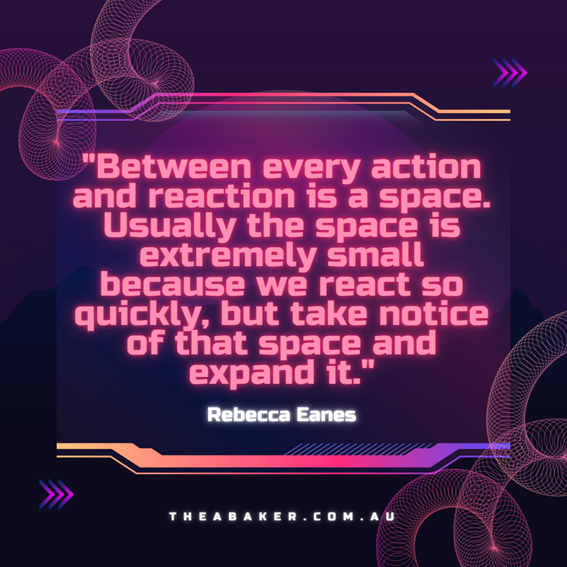Managing your Window of Tolerance – part 2
Managing your Window of Tolerance – part 2
We’ve spent the last few weeks looking at some of the basic concepts around emotional regulation and within that the idea of our ‘Window of Tolerance’. One last recap – the window of tolerance is the zone where big emotions can be processed in a healthy way, allowing us to function and react to stress, anxiety, and fear effectively. It’s the comfort-zone where we have the ability to self-soothe and self-regulate.
We also learned that when we’ve experienced trauma our window of tolerance can get adversely affected, and so we can find our body responding defensively when we don’t need or want it to, causing us to leave our window of tolerance and the end result is some form of emotional dysregulation. If you missed it, click HERE for all the juicy background bits. We’ve also added some practical steps to working on our emotional regulation in order to spend more of our time within our ‘window’ (click HERE) for that one. Lastly, we started looking at first of the two pathways that we can utilise to manage our window of tolerance so that we’re doing a more efficient job of regulating our emotions (click HERE to read all of that one):
- Widening the window – helps us to keep in the optimal zone of engagement for longer, which means we’re less likely to become dysregulated when we’re under stress or experiencing anxiety
- Self-regulation strategies – helps us process our stress and anxiety and bring ourselves back inside our window so that we can engage in daily life.
So, this week we’re covering a whole bunch of self-regulation strategies that can help when we’re feeling like we’ve left our window of tolerance. One of the important things to remember is that we need to have a whole range of strategies at our fingertips because some things might work under some circumstances, and others might work at other times. We might also need to try more than one in order to become fully regulated again.
Self-regulation strategies:
We like to use analogies to explain some of the trauma responses and how we might work with them therapeutically. Using language like ‘window of tolerance’ is an example of that. Well, when we’re feeling emotionally dysregulated we might describe that as feeling like we’re stranded in really rough sea – where we’re being thrown around by those big emotions and we can feel like we’re struggling to keep our heads above the water. Using this analogy, self-regulation strategies are like having floaties or arm-bands on which can give us a chance to catch our breath and figure out how to get back to safety or wait for a lifeguard to come rescue us.
Self-regulating hyperarousal (fight/flight):
- Release angry feelings by:
- Splashing your hands and face with cold water
- Lie down, close your eyes and do a quick body scan
- Shake-it-off – whole body shaking
- Create tension in your body and then release it
- Have a drink of ice-cold water or suck on an ice cube
- Scream into a pillow
- Do 10 push-ups or burpees (and repeat twice after a bit of a rest)
- Settle your nervous system by doing some breathwork exercises:
- Pause
- Take a long, slow inhale breath through your nose, filling both your lungs and your belly
- Hold your breath for three seconds
- Exhale slowly
- Repeat at least 10 times
- Meditate:
- Being mindful and mediating are like besties
- Meditating helps us settle feelings and thoughts
- It helps us calm down
- Might not the thing to do in an acute phrase of dysregulation but is great if we can catch our dysregulation early.
Self-regulating hypoarousal (freeze):
- Activate sense by:
- Having a warm bath
- Firm pressure self-hug / butterfly hug
- Aromatherapy oil
- Music
- Sucking a mint or eating some lollies
- Grounding exercises:
- Pay attention to where your feet meet the ground – even better if you can go outside
- Hold something like a worry stone or beaded bracelet
- Look around the room and notice
- Five things you can see
- Four things you can feel
- Three things you can hear
- Two things you can smell
- One thing you can taste
Top self-regulation tips:
- Having solid awareness of where you are in your ‘window’ means you can spot when you’ve moved outside of it quickly, which means you have less work to do in order to get back inside it
- Practice self-regulation strategies when you’re comfortably regulated because it’s important that we aren’t relying on being able to learn new skills when we’re dysregulated – the ‘learning’ part of our brain doesn’t work well under stress.
If you’d like to explore your own emotional regulation skills and would like a safe space to talk about your mental health, please get in touch with us: www.theabaker.com.au / hello@theabaker.com.au / 03 9077 8194.

